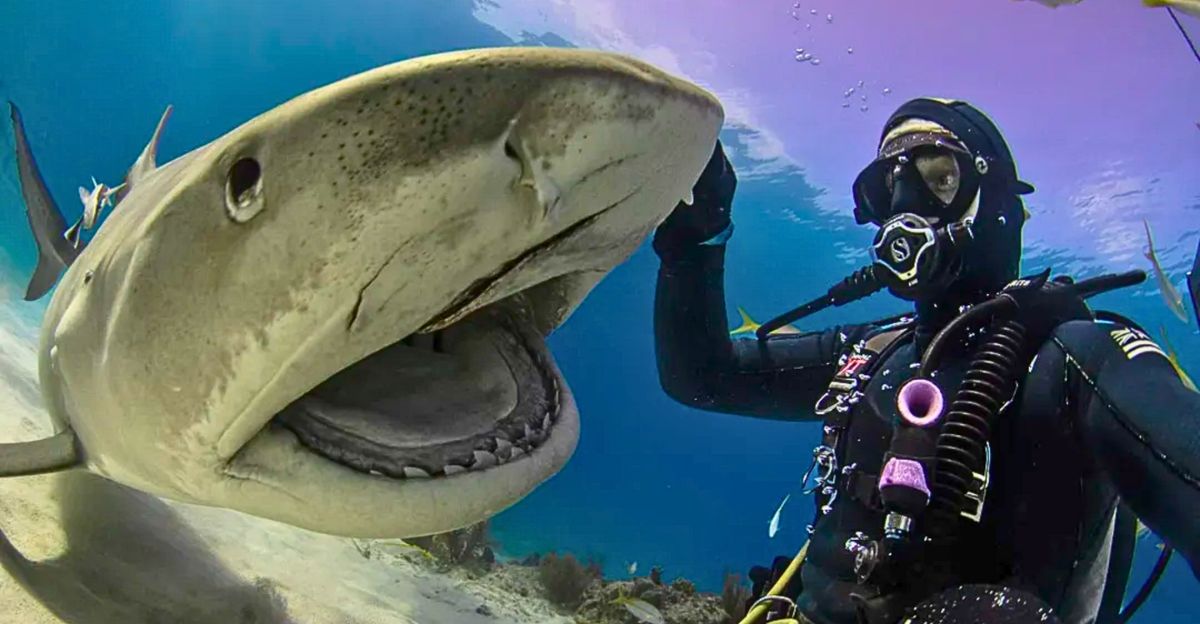
Sharks are known for their sharp teeth and stealthy hunting skills, but now, scientists have discovered something surprising inside them—rare earth metals. These valuable elements, essential for powering smartphones and electric cars, have been found in tiger sharks off Brazil’s coast. But how did they get there? Could discarded electronics and human waste be to blame? This unexpected discovery raises big questions about pollution, marine life, and the future of our oceans.
How Scientists Conducted the Study

Between 2021 and 2022, researchers collected tiger shark samples from artisanal fishing fleets along Brazil’s southern coast. They analyzed tissues from different part of the body including the liver, kidneys, gills, heart, brain, muscle, skin, eyes, and teeth to track how metals accumulate in different organs. Using Inductively Coupled Plasma Mass Spectrometry (ICP-MS), they precisely measured the levels of rubidium, titanium, and rare earth elements—revealing patterns that could have major ecological implications.
What the Study Revealed
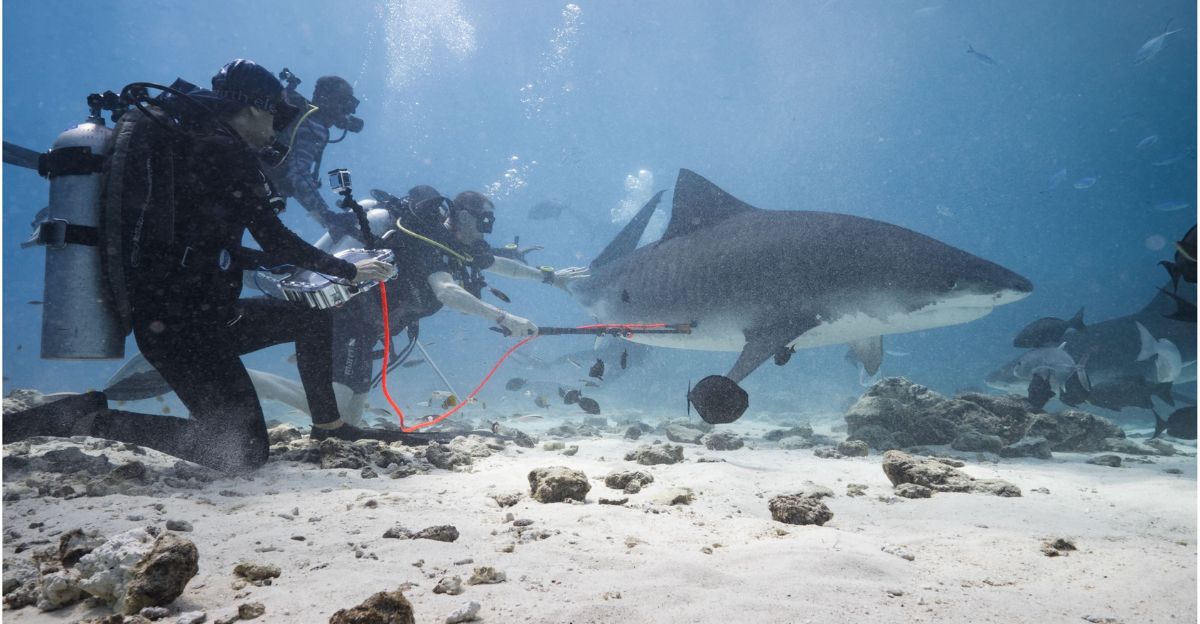
Researchers found rubidium (Rb), titanium (Ti), and rare earth elements (REEs) in every tested organ. Rubidium concentrated in the kidneys, while titanium was highest in the teeth, possibly as a way for sharks to expel it. Light rare earth elements (LREEs), like neodymium and lanthanum, were widespread, with higher levels in the liver, gills, and skin. These findings suggest sharks are systemically absorbing these metals, raising concerns about long-term ecological and health impacts.
Why Are Some Metals More Concentrated in Certain Organs?
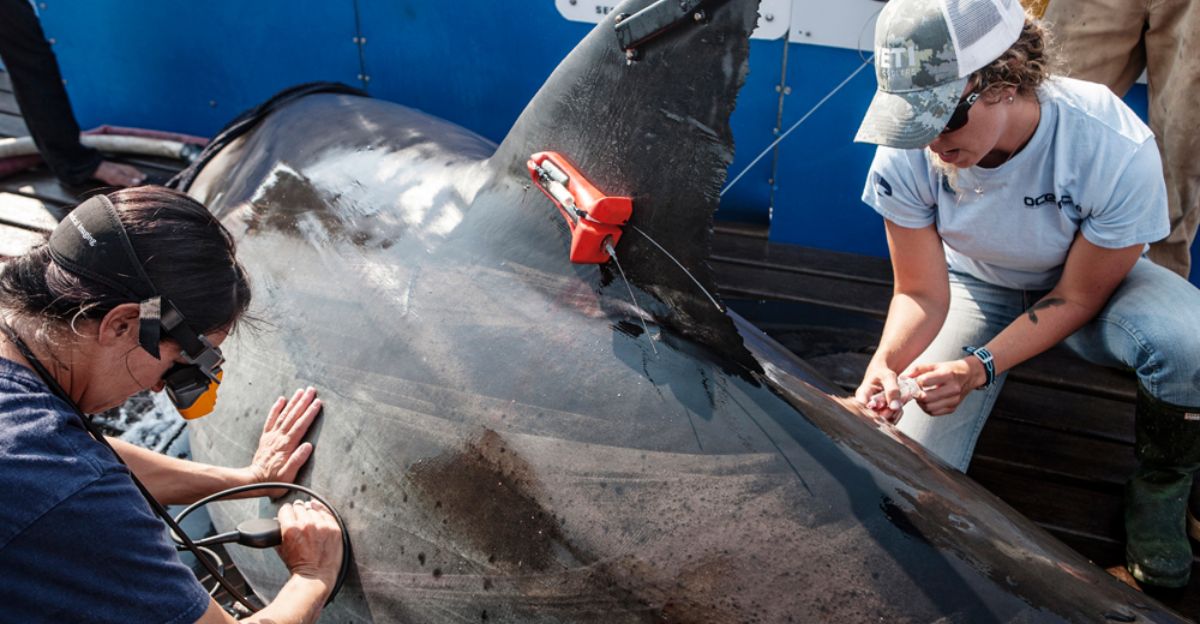
The varying distribution of metals like rubidium and titanium suggests that sharks may process these elements differently. Some metals might be stored in non-essential tissues, while others, like titanium, are eliminated through the shark’s ever-replacing teeth. But what if certain metals aren’t so easily removed? This raises concerns about the potential long-term accumulation of harmful substances in apex predators.
Mining, Dumping, or Both? Where These Metals Come From
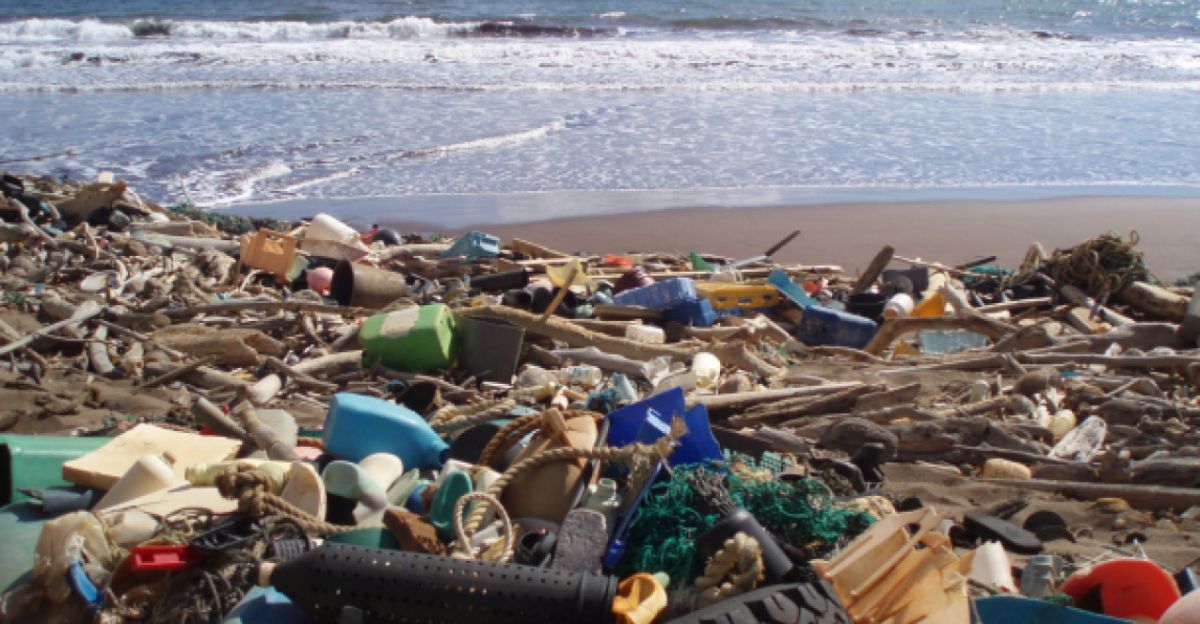
Scientists suspect two main sources: unregulated e-waste disposal and mining runoff. While rare earth metals naturally exist in the Earth’s crust, the high concentrations in sharks suggest human activity plays a major role. In coastal areas with dense populations, discarded electronics break down, releasing metals into the water. Meanwhile, industrial mining releases toxic byproducts into rivers and oceans. Either way, humans are leaving a fingerprint on marine life.
Could Sharks Be Eating Our Old Phones?
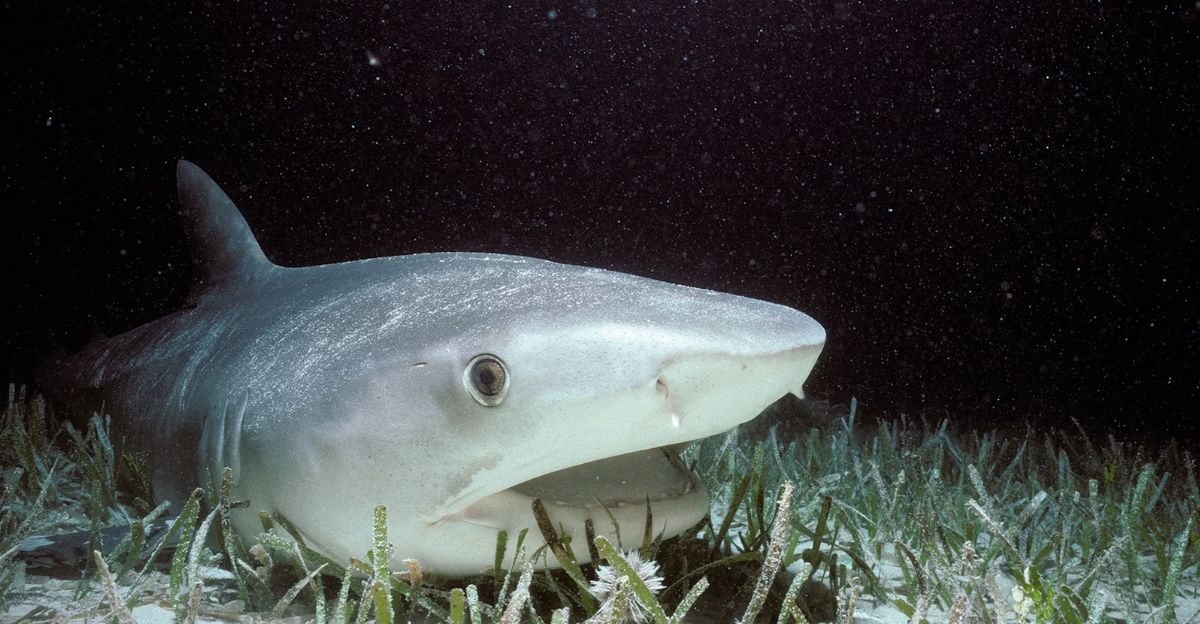
Tiger sharks are notorious scavengers, consuming anything from tires to license plates. It’s possible they’re directly ingesting electronic waste, absorbing rare earth metals straight from discarded devices. More likely, though, these contaminants accumulate in the food chain—starting with microscopic organisms and passing up to sharks through contaminated fish. Either scenario is alarming, as it proves how deeply human waste has infiltrated marine ecosystems.
Are These Metals Affecting Shark Health?

Scientists still don’t know whether these metals are harming sharks, but early findings are concerning. Titanium has been linked to oxidative stress in the liver, while rubidium could disrupt kidney function. If these elements interfere with oxygen transport or hunting abilities, even minor effects could ripple through ocean ecosystems. As technological waste increases, so does the need to understand these hidden biological consequences.
Could Contaminated Sharks Impact Human Health?

In Brazil, shark meat is commonly eaten—especially by children. While current levels of rare earth metals in shark muscles may not be harmful to humans, that could change. Metals accumulate in fat, and mammals—including humans—are more vulnerable than fish. If contamination continues to rise, we may see neurological or developmental effects in communities that rely on seafood.
The Chain Reaction—Second- and Third-Order Effects

If shark populations decline due to metal toxicity, it could set off a domino effect. Fewer sharks mean exploding populations of prey species, which could overconsume vital marine resources. This imbalance could ripple through ecosystems, disrupting fisheries and even affecting coastal economies reliant on marine biodiversity.
Deep-Sea Mining—A Disaster Waiting to Happen
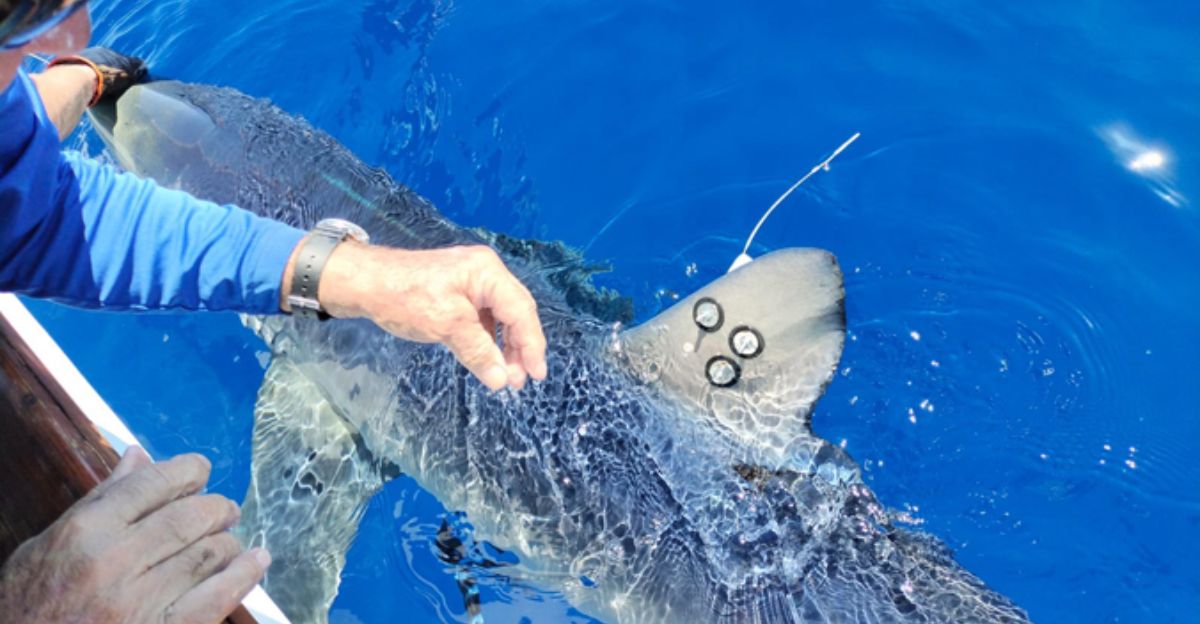
If rare earth metals from discarded devices are already contaminating sharks, imagine the consequences of mining the ocean floor. Scientists warn that disturbing seabeds could release massive amounts of toxic metals, permanently altering marine ecosystems. Yet, companies are pushing forward with plans to extract these resources.
What Happens If We Ignore the Warning Signs?
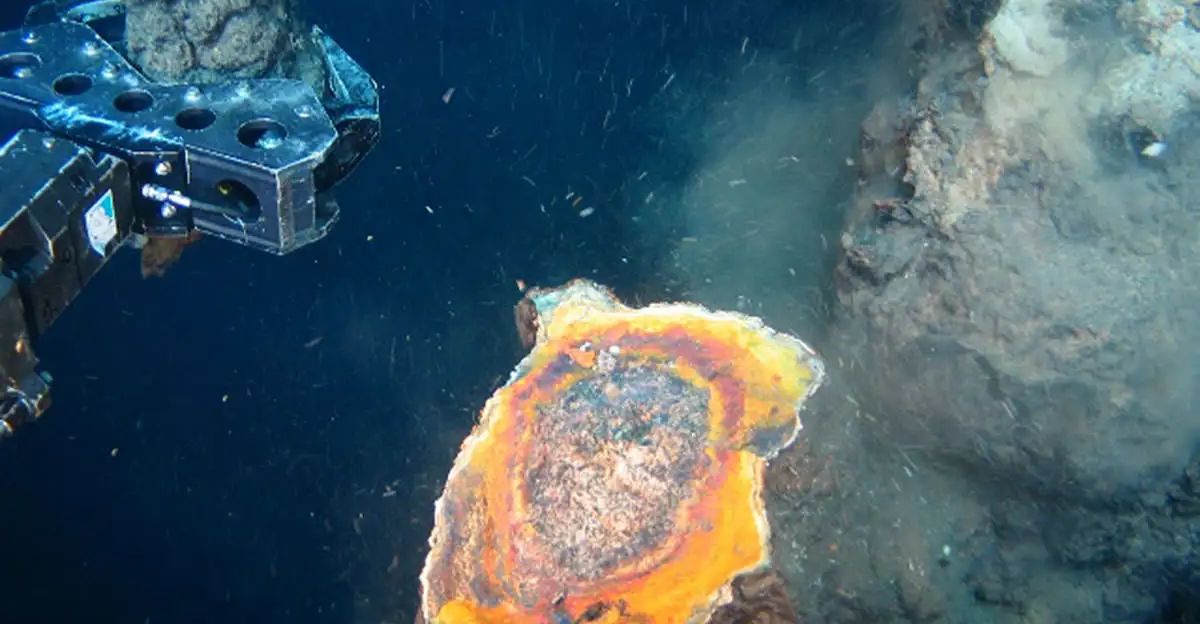
If pollution and mining continue unchecked, rare earth contamination in marine life will only increase. This could lead to long-term damage to apex predators like sharks, disruptions in global fisheries, and even potential health risks for humans. The time to act is now—before the problem spirals out of control.
The Urgent Need for Policy Changes
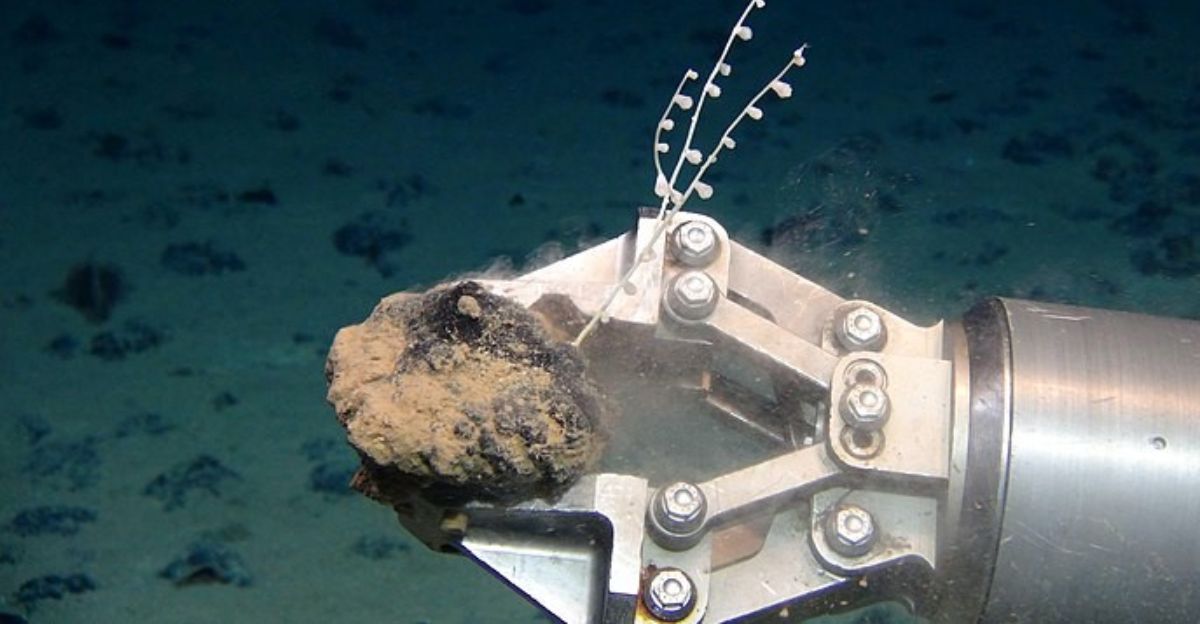
With deep-sea mining and electronic waste disposal on the rise, researchers emphasize that stronger regulations are needed. Without intervention, these contaminants will only continue to spread through marine ecosystems. Scientists are calling for stricter waste management, better e-waste recycling, and international agreements to limit metallic pollution. If action isn’t taken soon, sharks may be only the beginning of a much larger environmental crisis.
Explore more of our trending stories and hit Follow to keep them coming to your feed!

Don’t miss out on more stories like this! Hit the Follow button at the top of this article to stay updated with the latest news. Share your thoughts in the comments—we’d love to hear from you!







